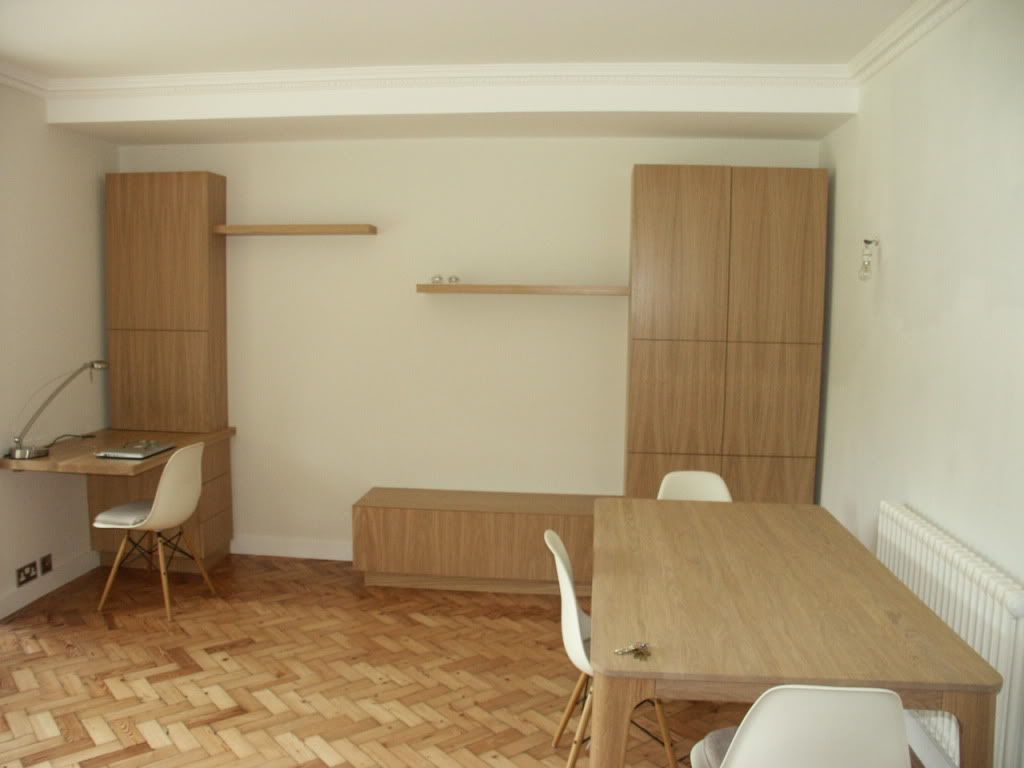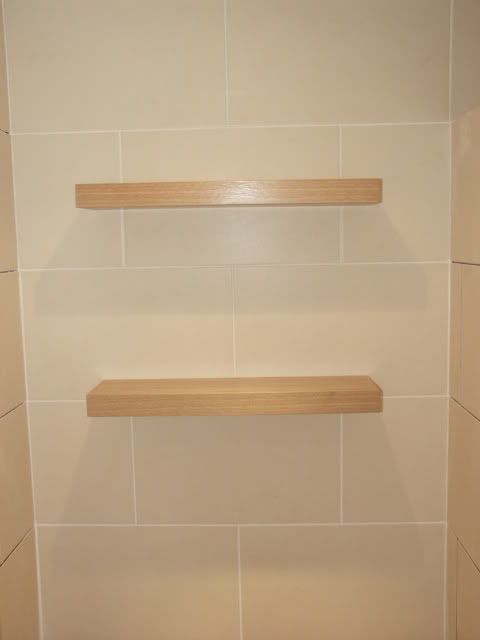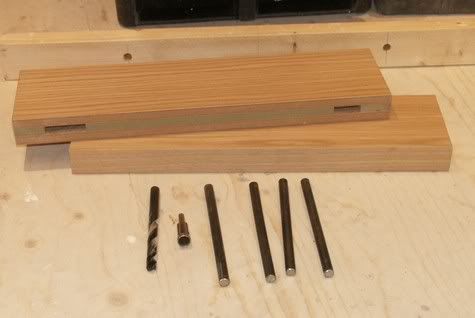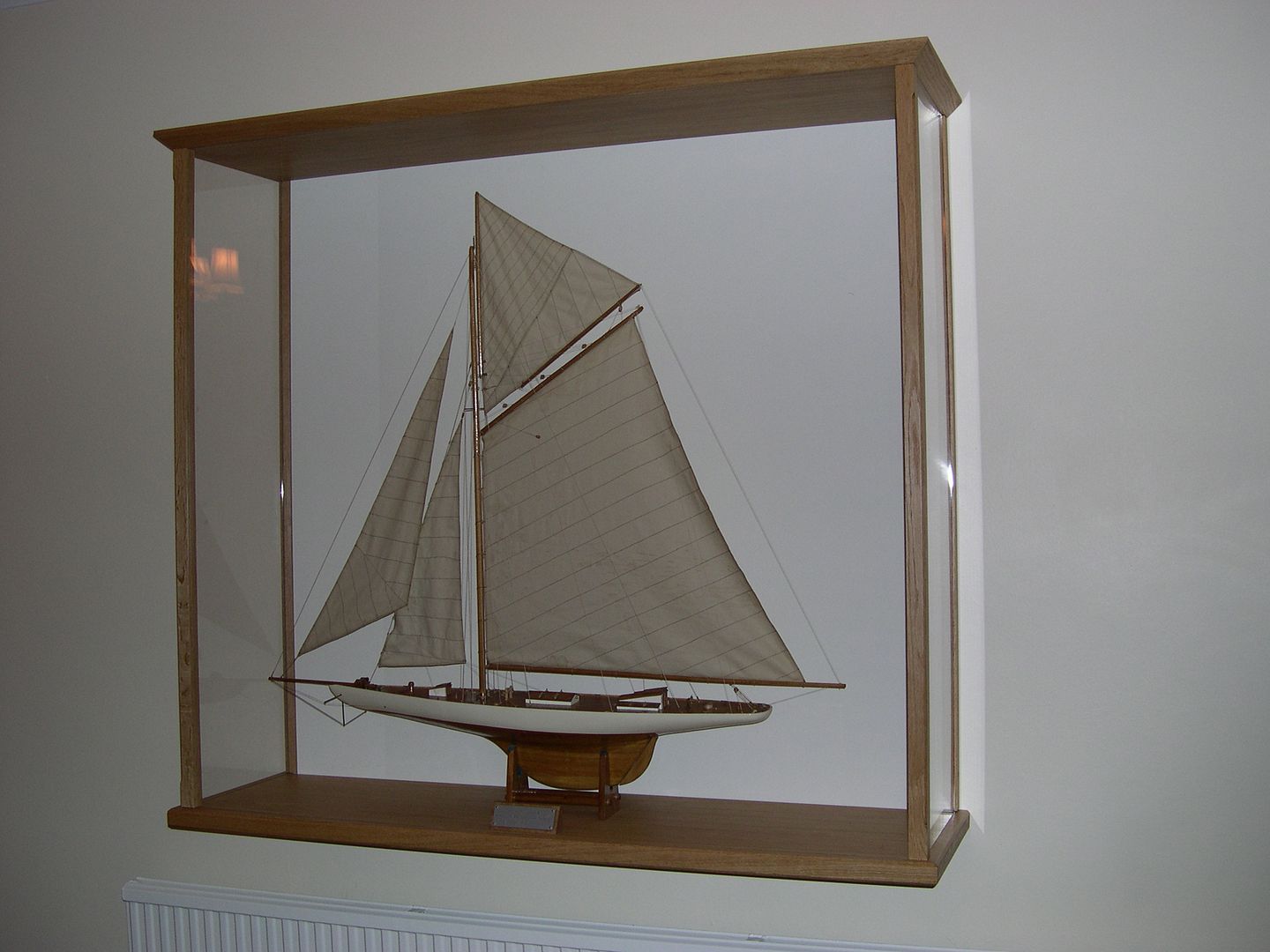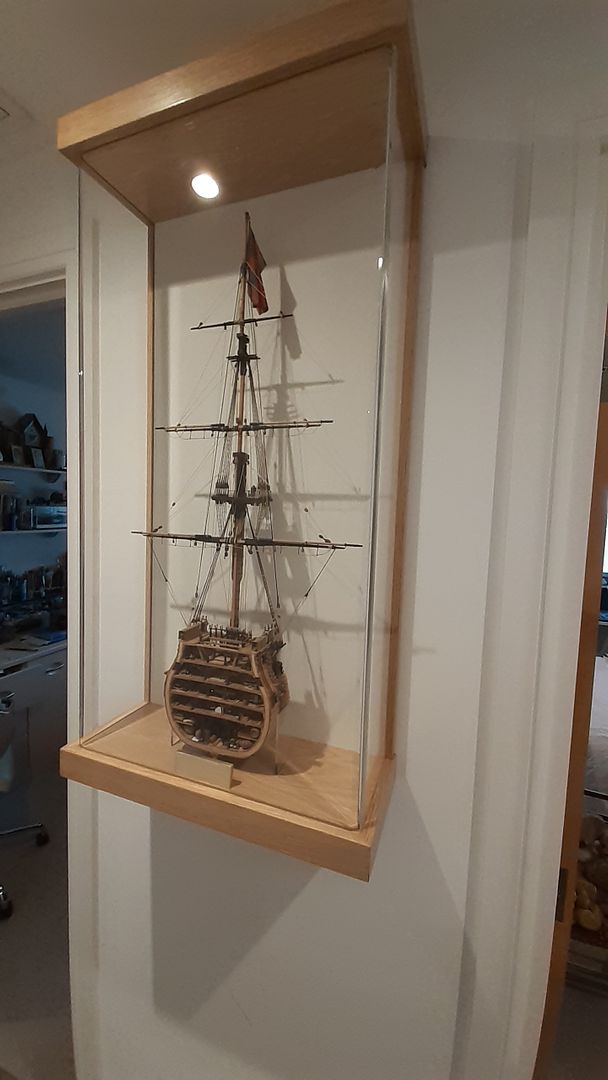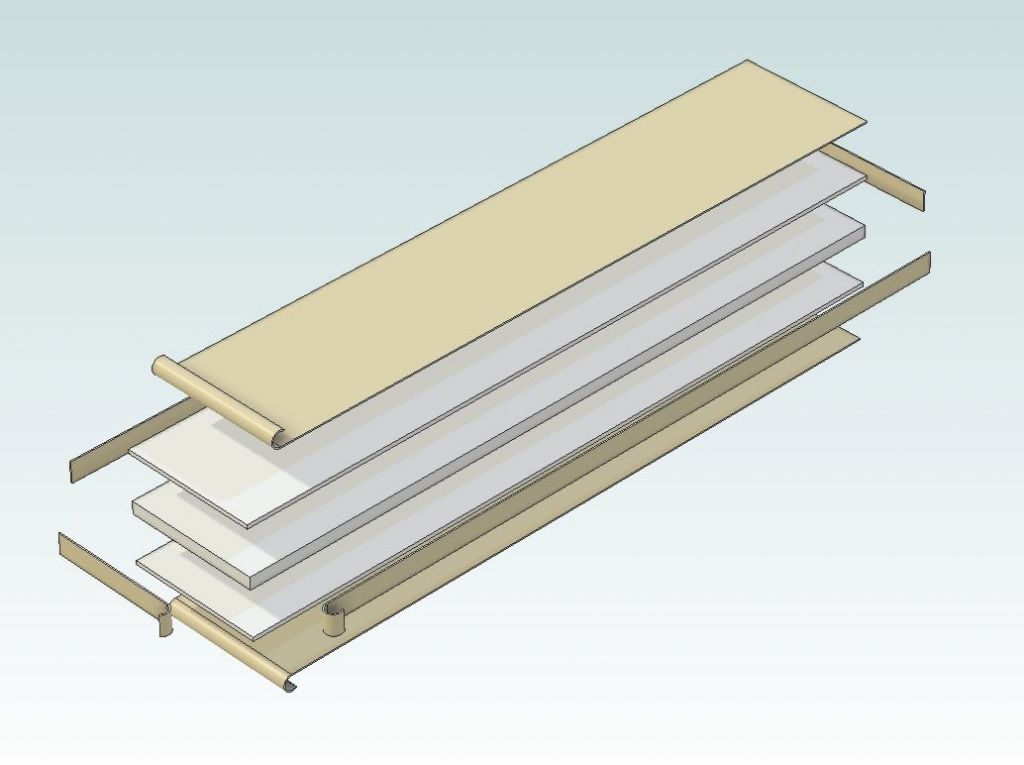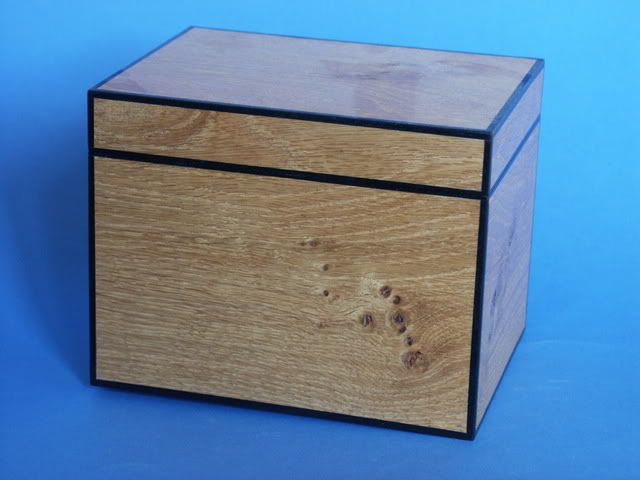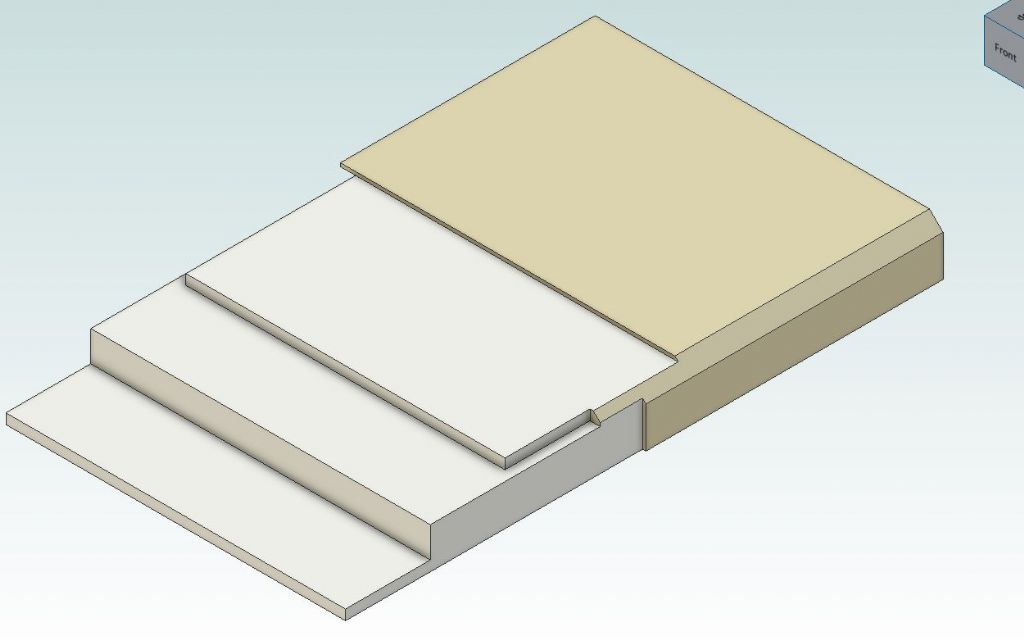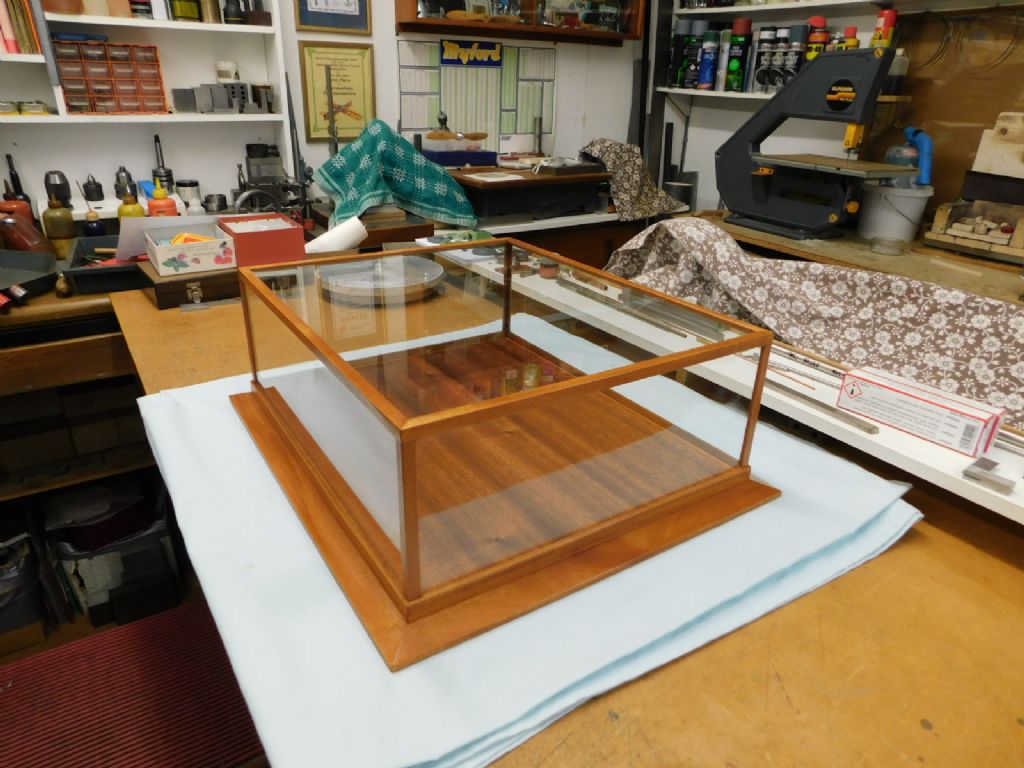Non-warping Wood for Base?
Non-warping Wood for Base?
- This topic has 42 replies, 29 voices, and was last updated 6 February 2022 at 22:53 by
 Ramon Wilson.
Ramon Wilson.
- Please log in to reply to this topic. Registering is free and easy using the links on the menu at the top of this page.
Latest Replies
Viewing 25 topics - 1 through 25 (of 25 total)
-
- Topic
- Voices
- Last Post
Viewing 25 topics - 1 through 25 (of 25 total)
Latest Issue
Newsletter Sign-up
Latest Replies
- Emco FB2 and Maximat Mill?
- Bending EN24t
- Fitting DRO to Myford VME mill.
- minimag set up
- Boiler Examinations: 7-yearly External Query
- Some help with a Cowells speed controller needed.
- Lantern Pinion
- Anyone know about wells and Victorian plumbing?
- Museum of Science and Technology of Catalonia
- Geography lesson required? Crossley Engine



